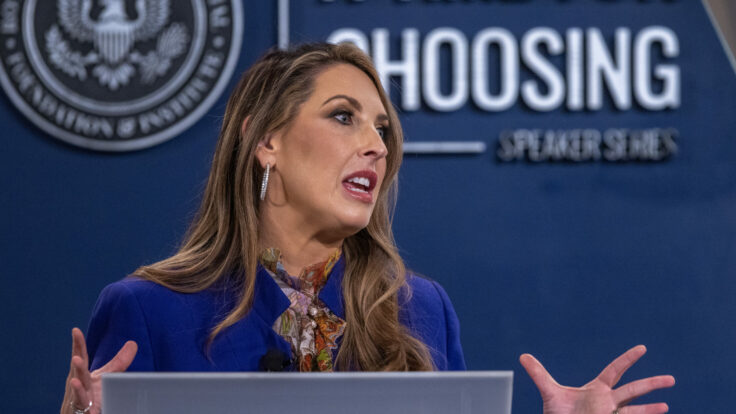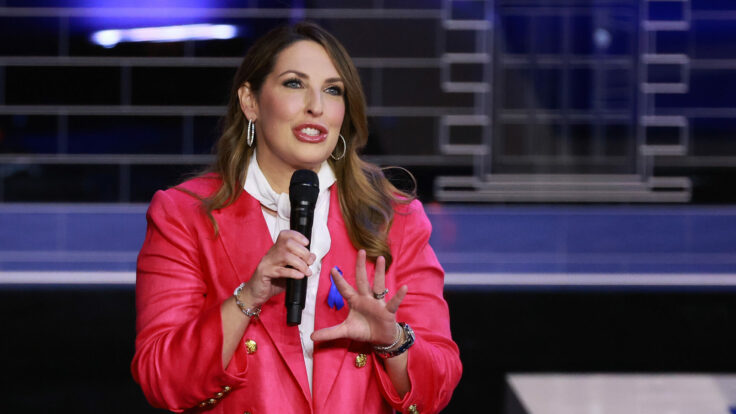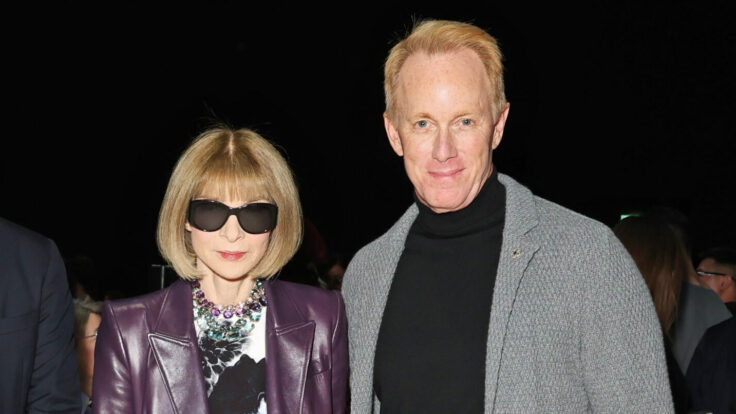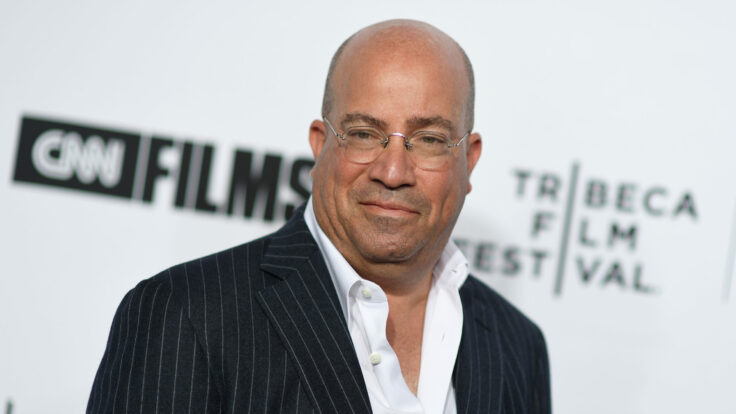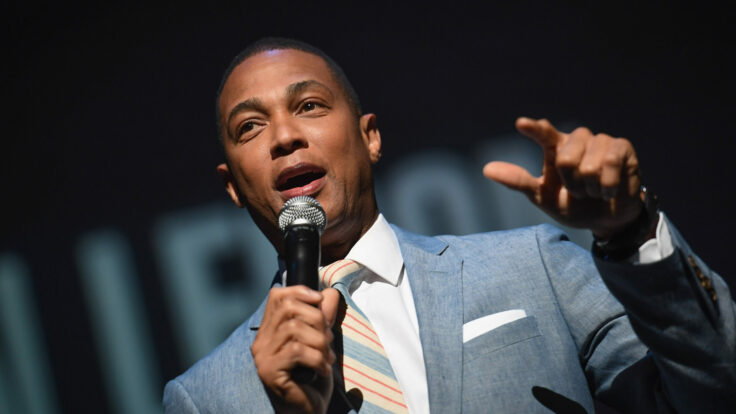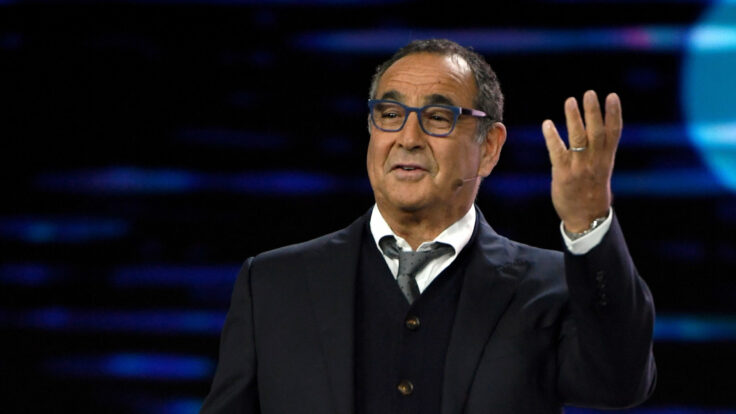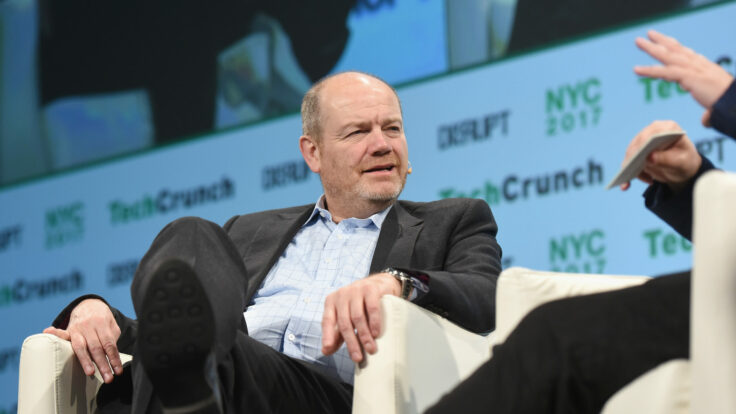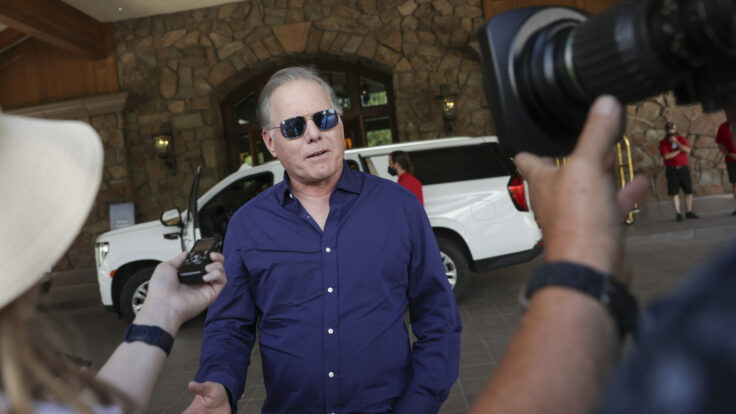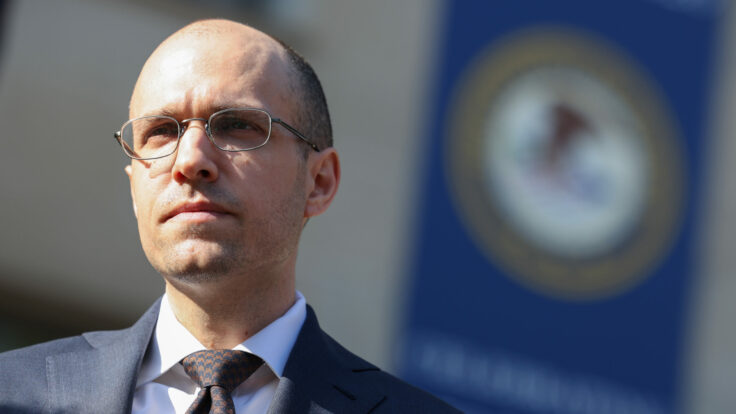Chris Cuomo, the aggrieved former 9 p.m. occupant, First Brother and Zucker/Gollust antagonist, spent about seven months in the wilderness—some of it building a $125 million arbitration case against CNN, much of it building more muscle tone in the Hamptons—before apparently coming to the conclusion that his only path back to the broadcast studio ran through NewsNation, the fledgling cable news network whose highest-rated show on most days are afternoon reruns of Blue Bloods. NewsNation averages just 50,000 viewers in primetime and 8,000 in the demo, or roughly 3 percent of the audience he had garnered nightly during his final year at CNN. But beggars can’t be choosers.
Cuomo’s decision to join the network, which he announced on Tuesday at the end of an hour-long interview on the channel about his ouster from CNN, presumably reflects a couple of calculations: first, that hosting a podcast or sitting on the beach isn’t going to satisfy his ego; and second, that at 51 years old, with a newly built home on the waterfront, he is going to need money—money which looks increasingly unlikely to come from his former employer. One cornerstone of Cuomo’s arbitration claim was that “his journalistic integrity” had been so “unjustifiably smeared” that it was “difficult if not impossible for [him] to find similar work in the future.” Alas, thanks to NewsNation, that is not the case.








